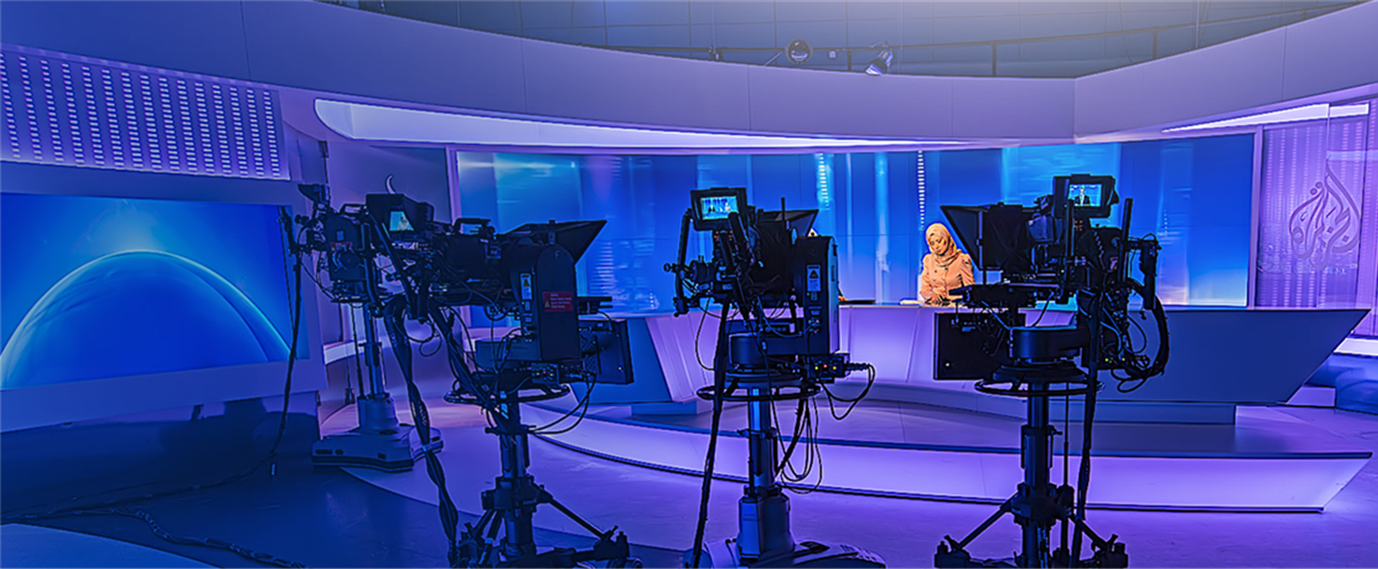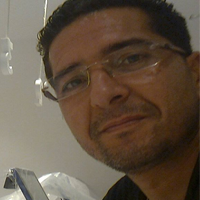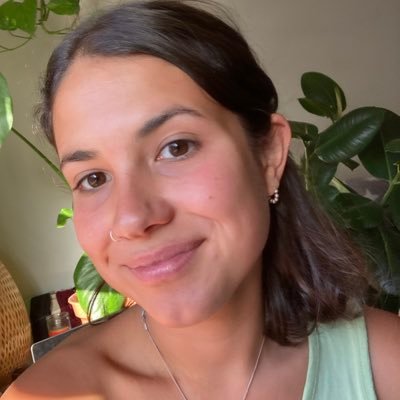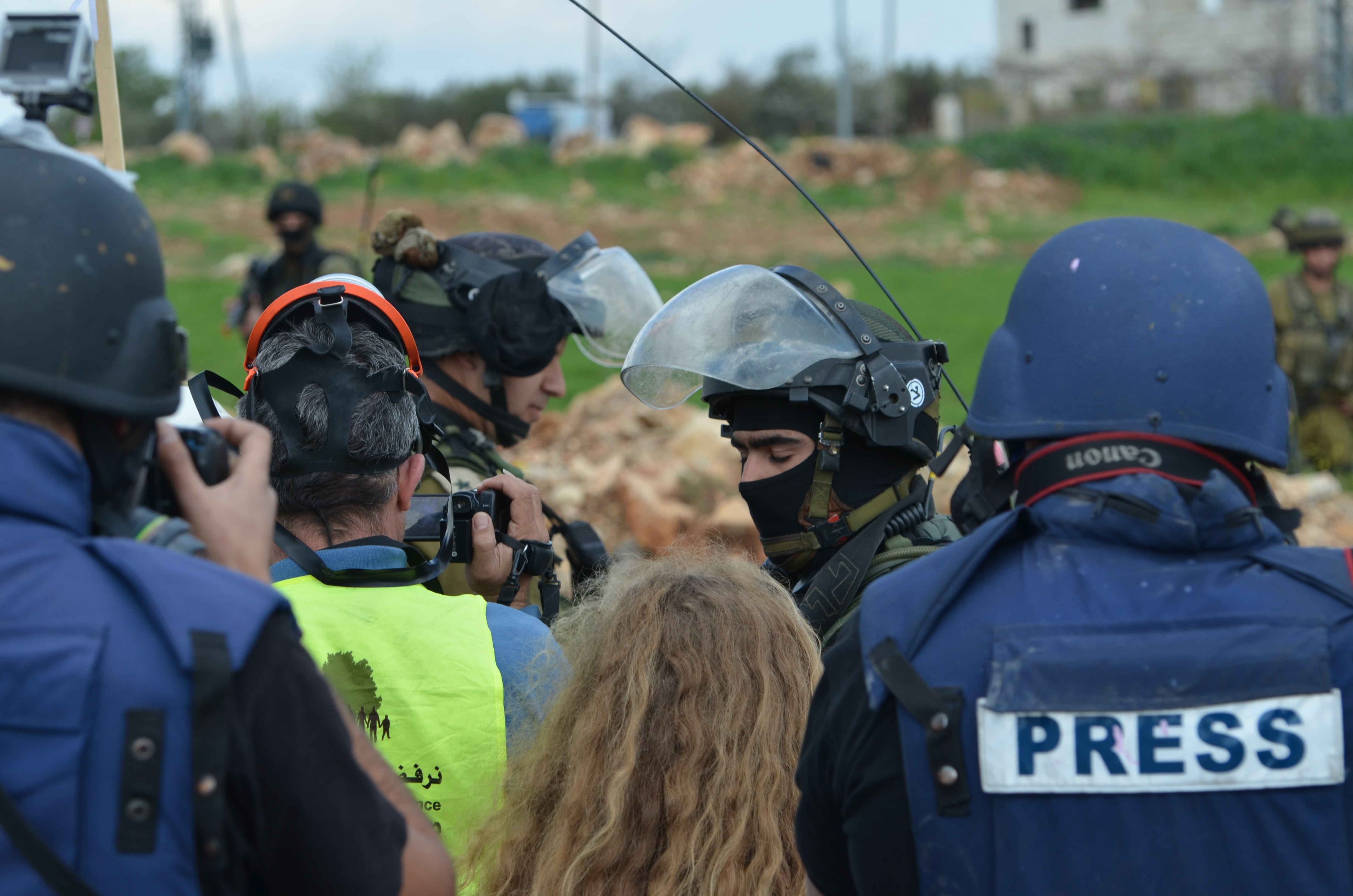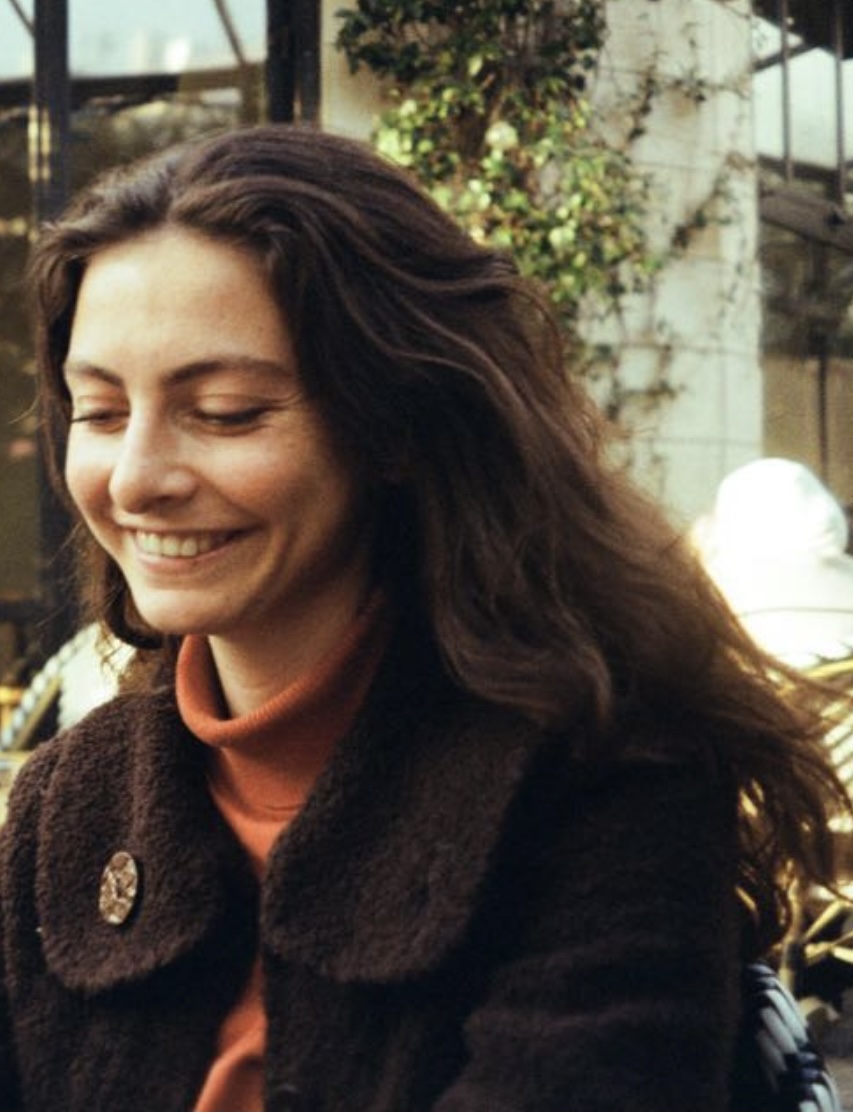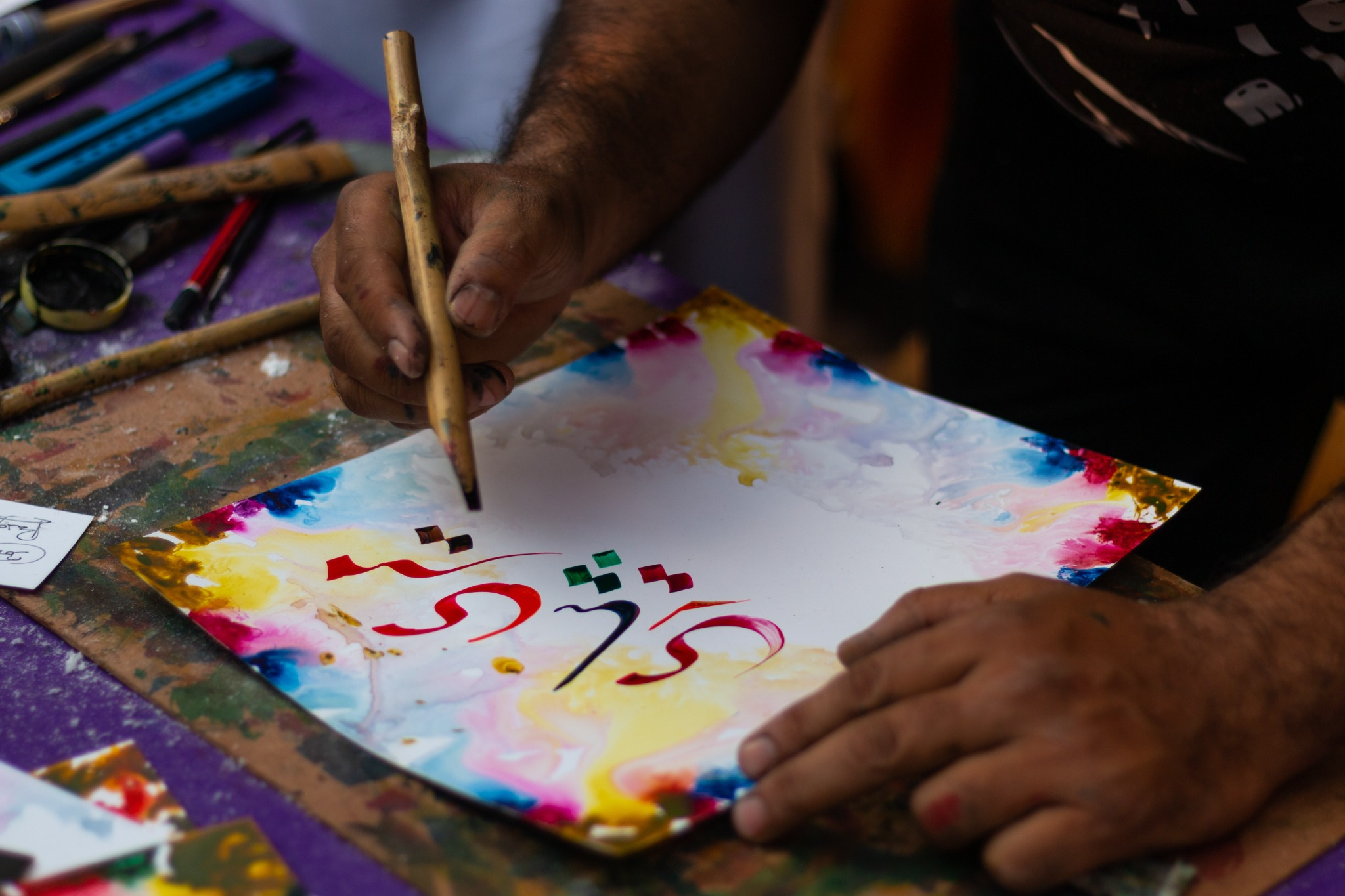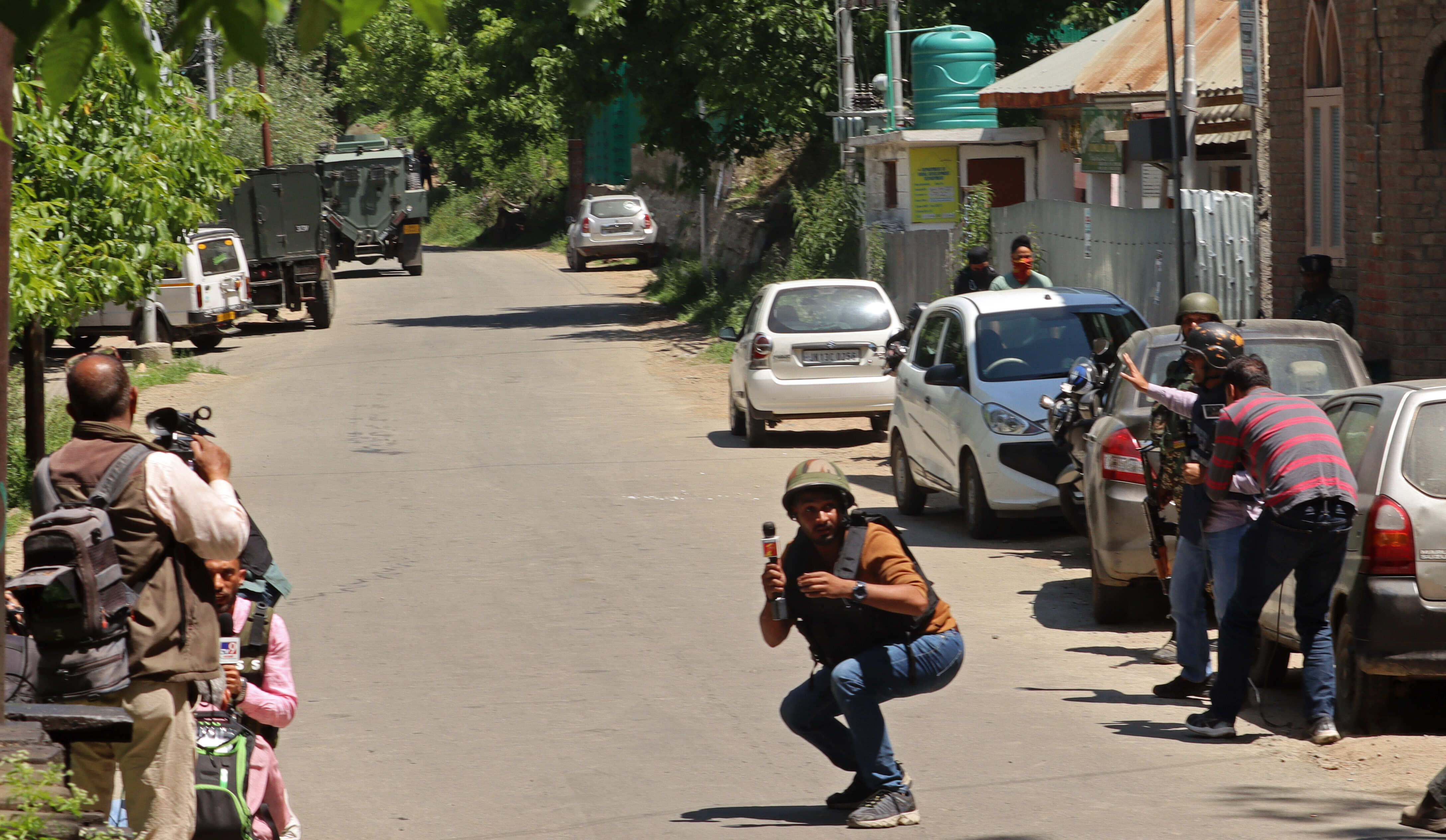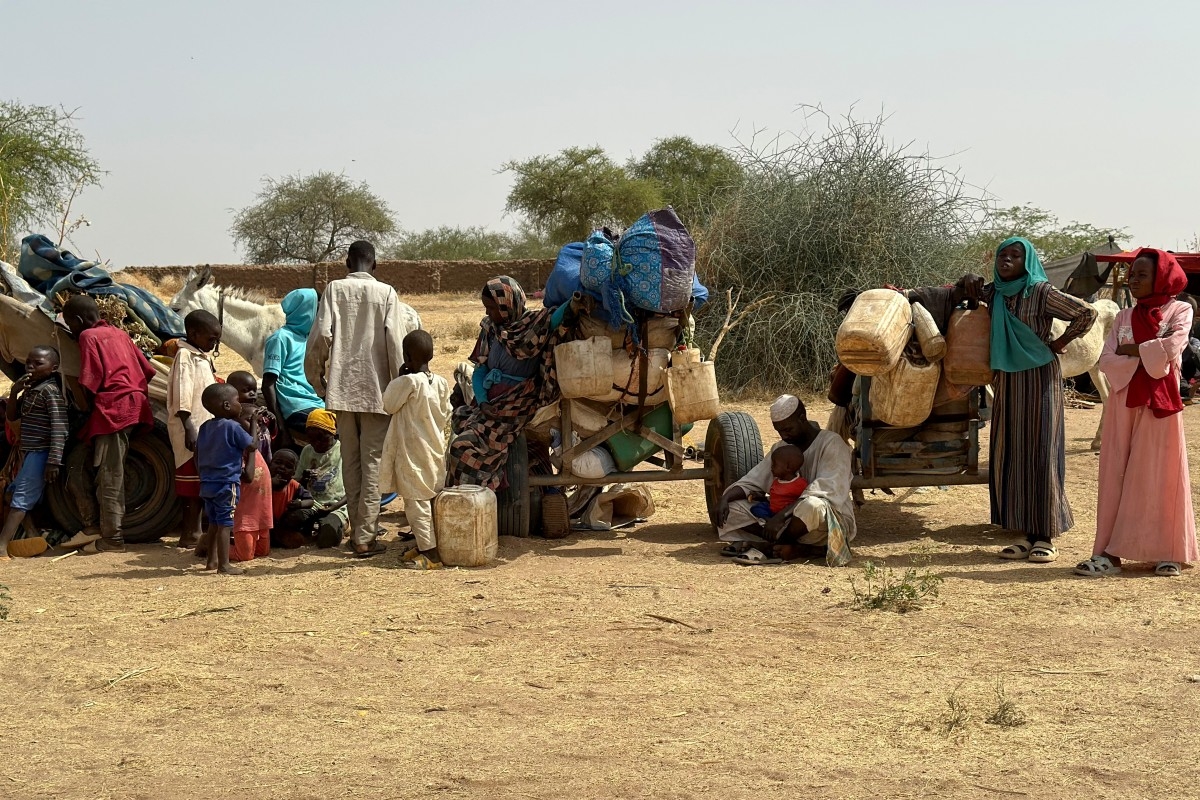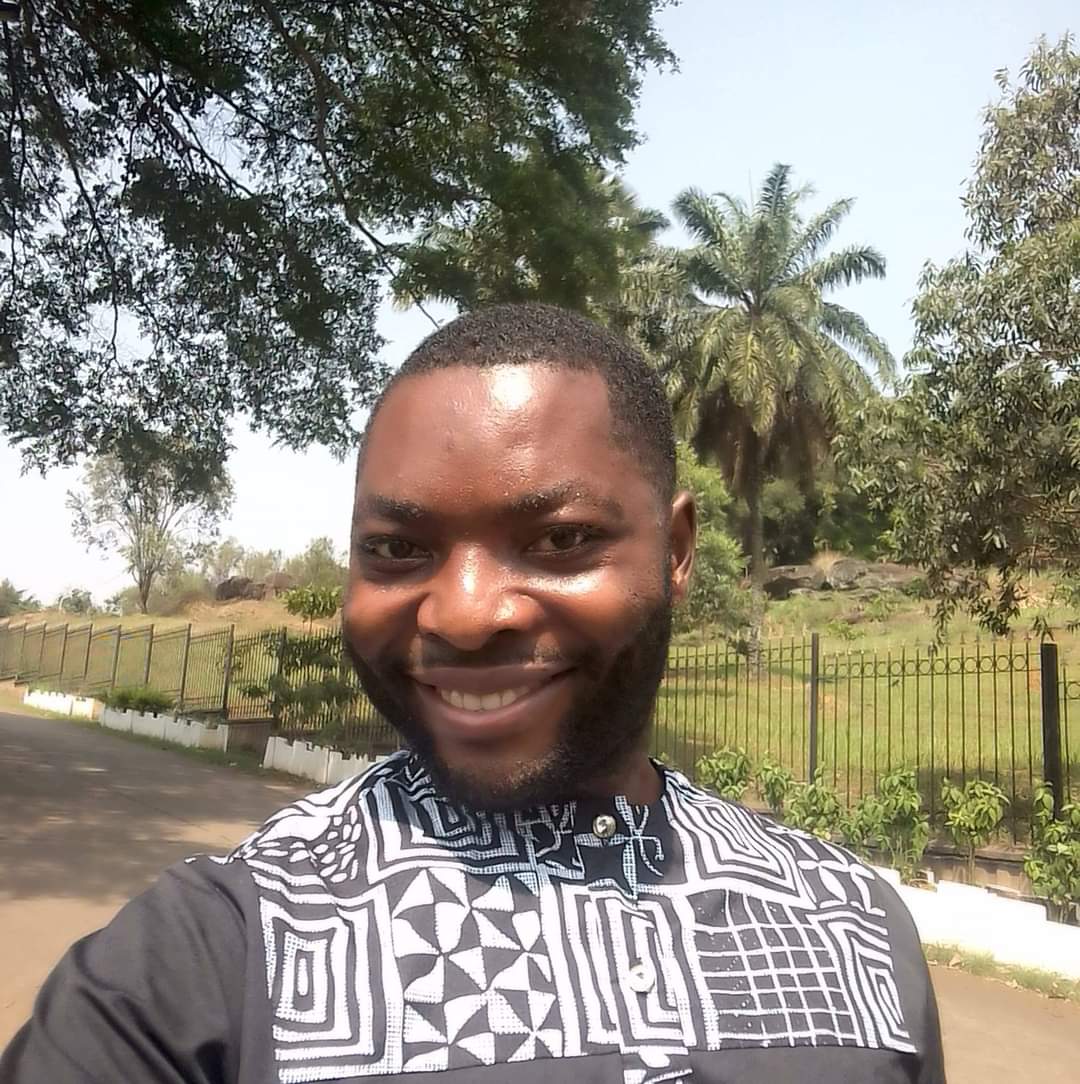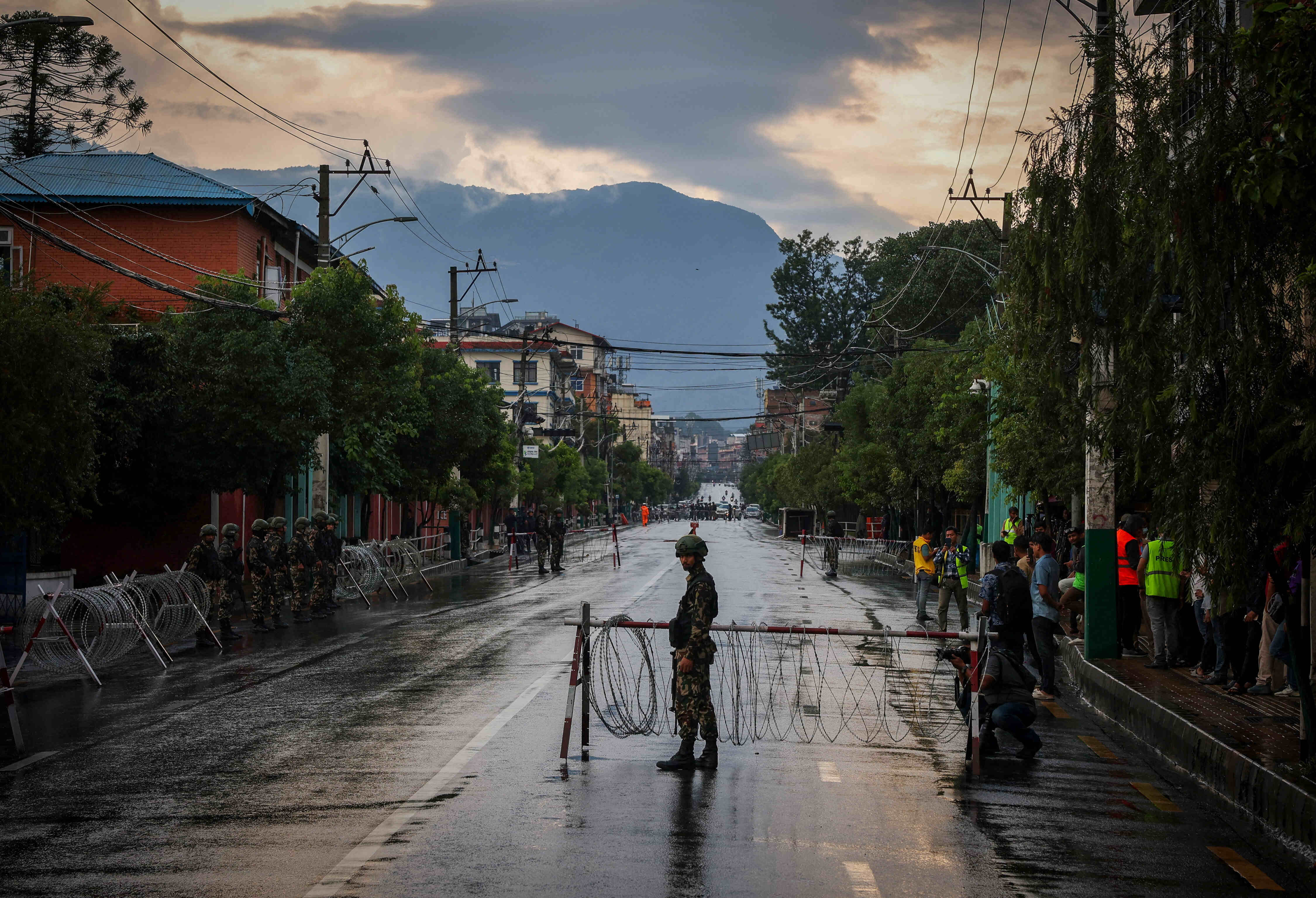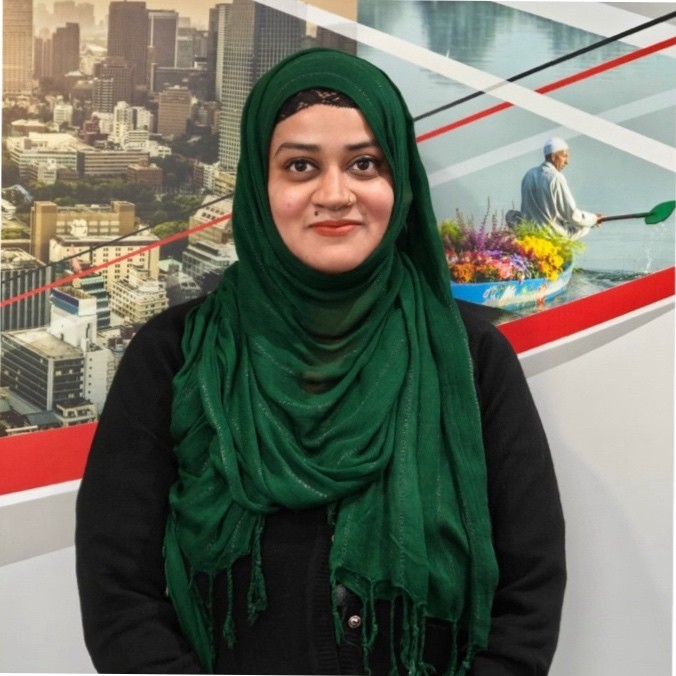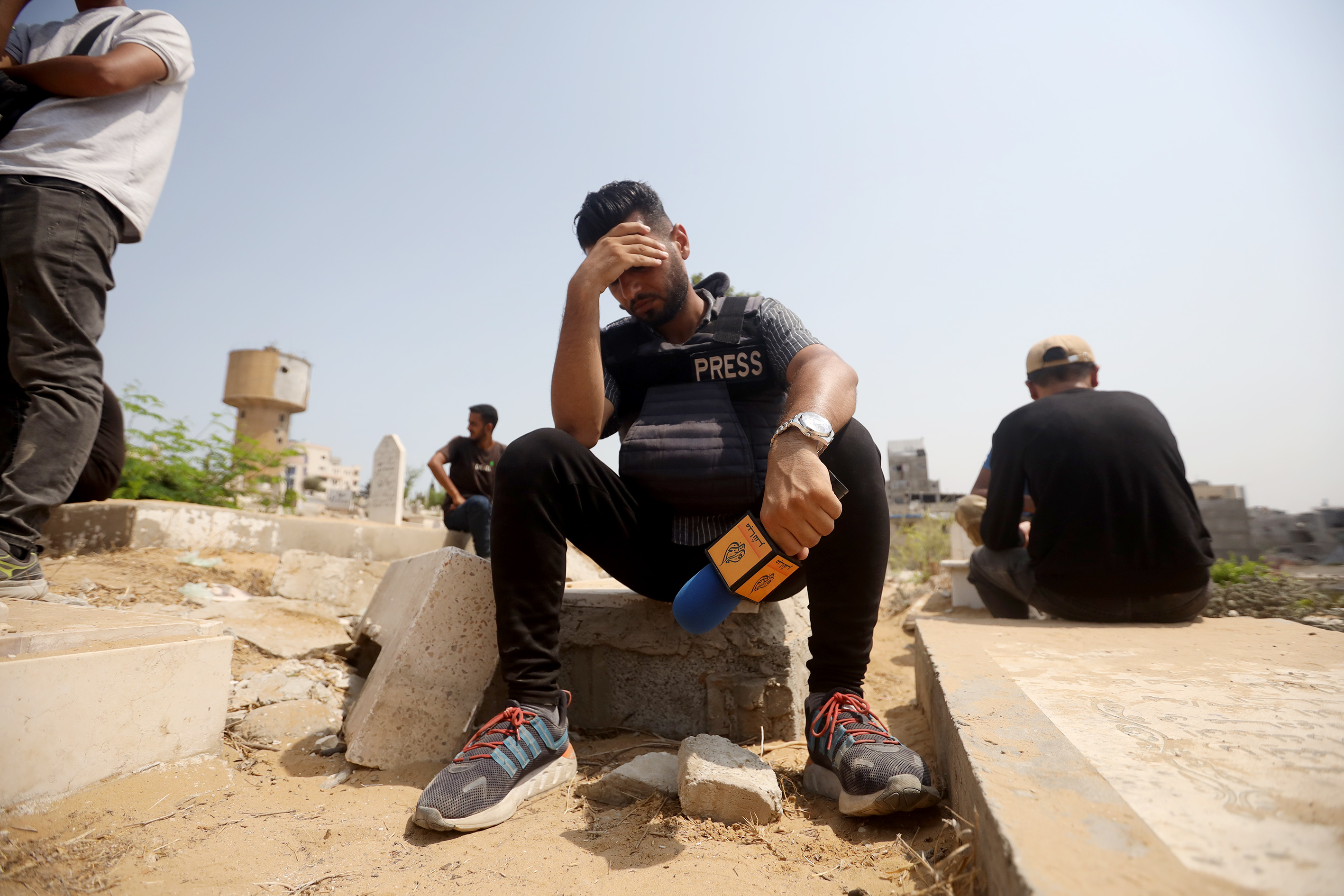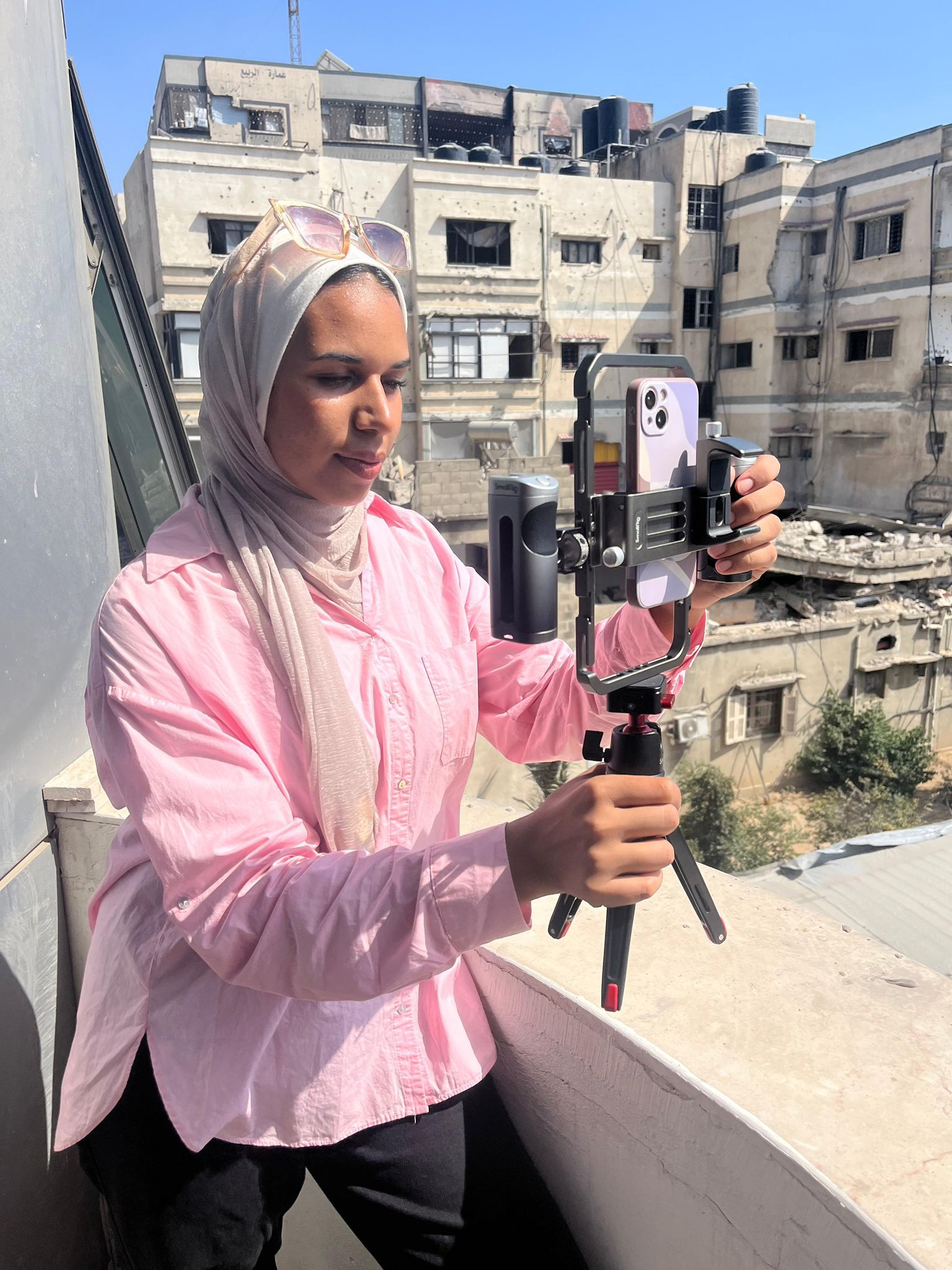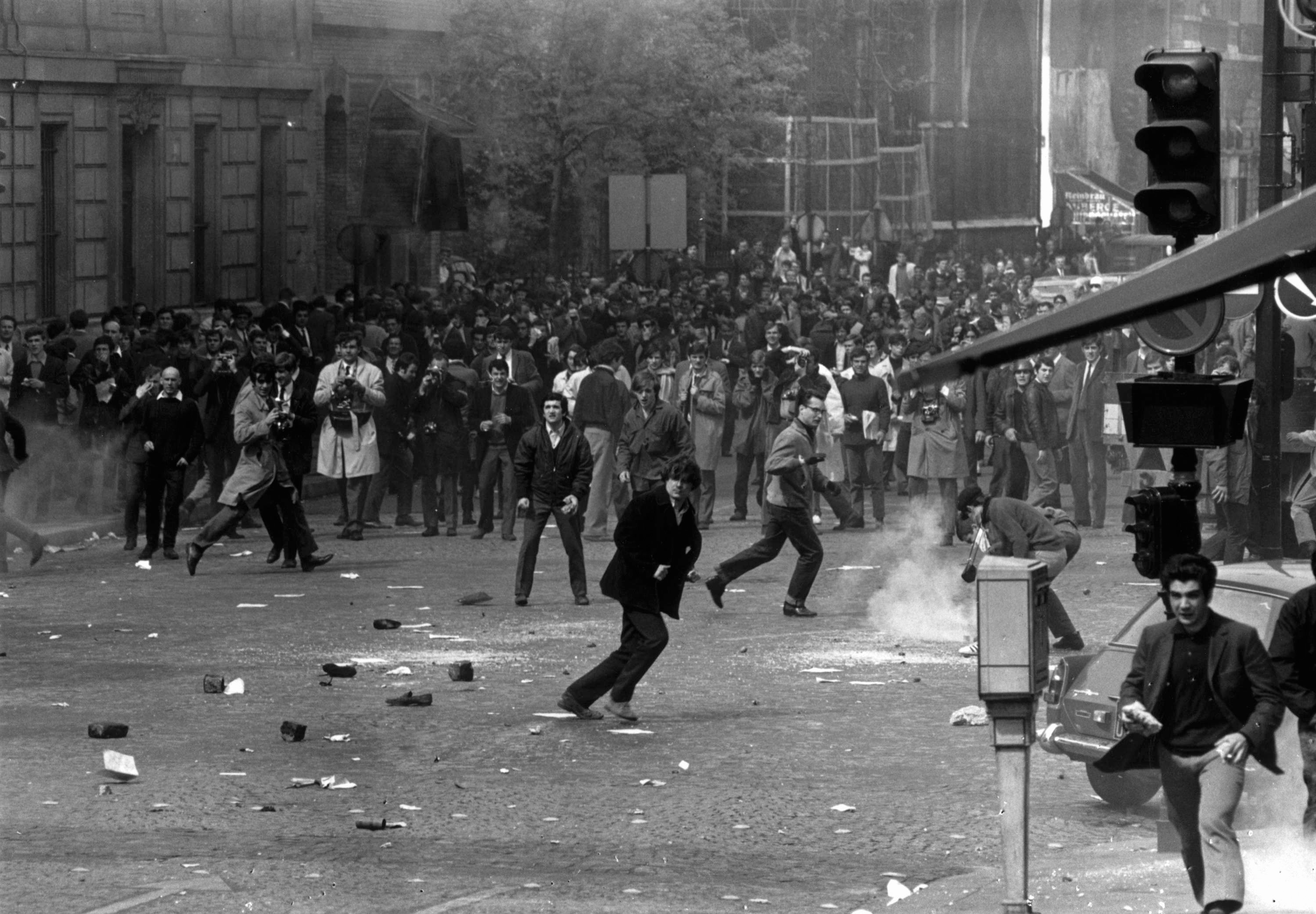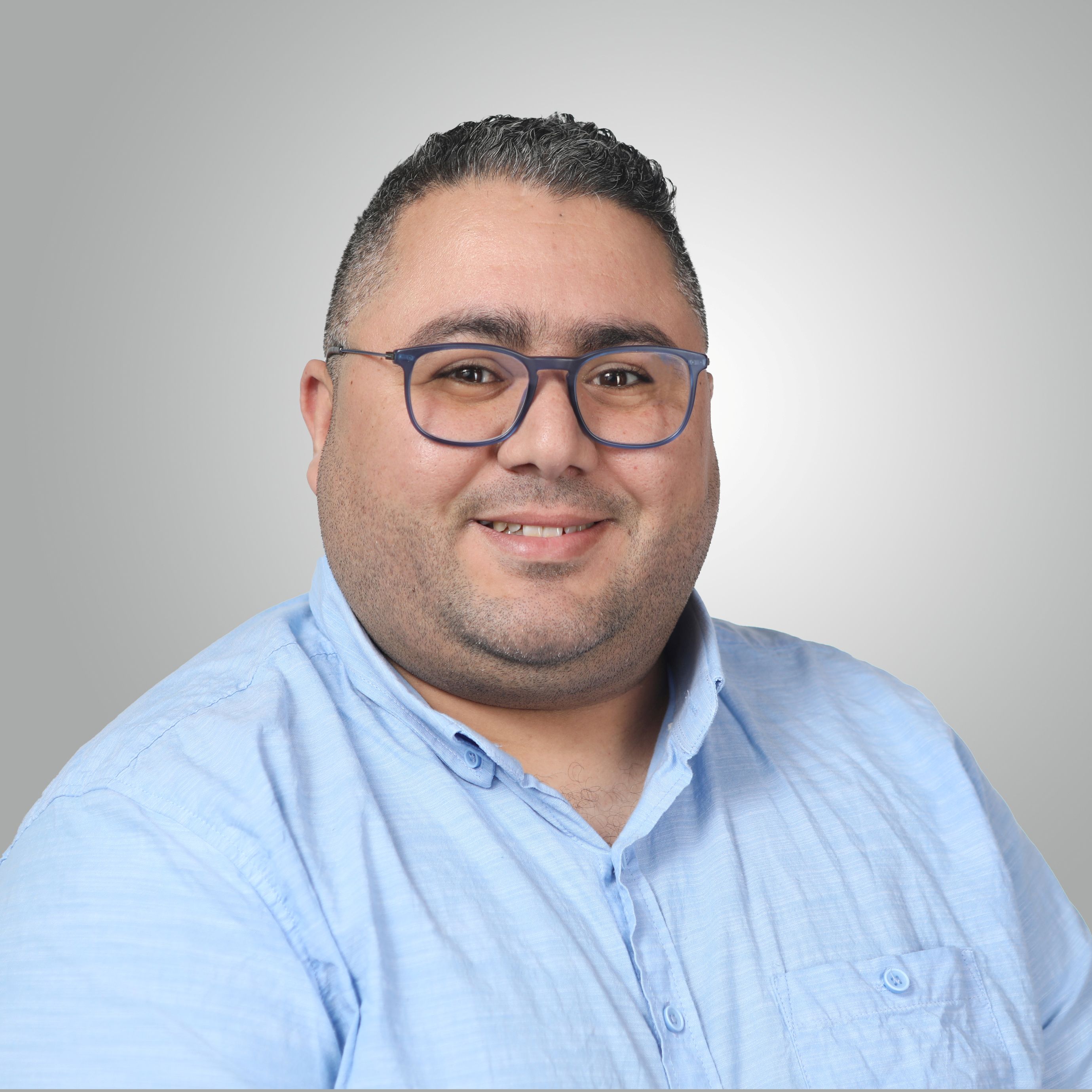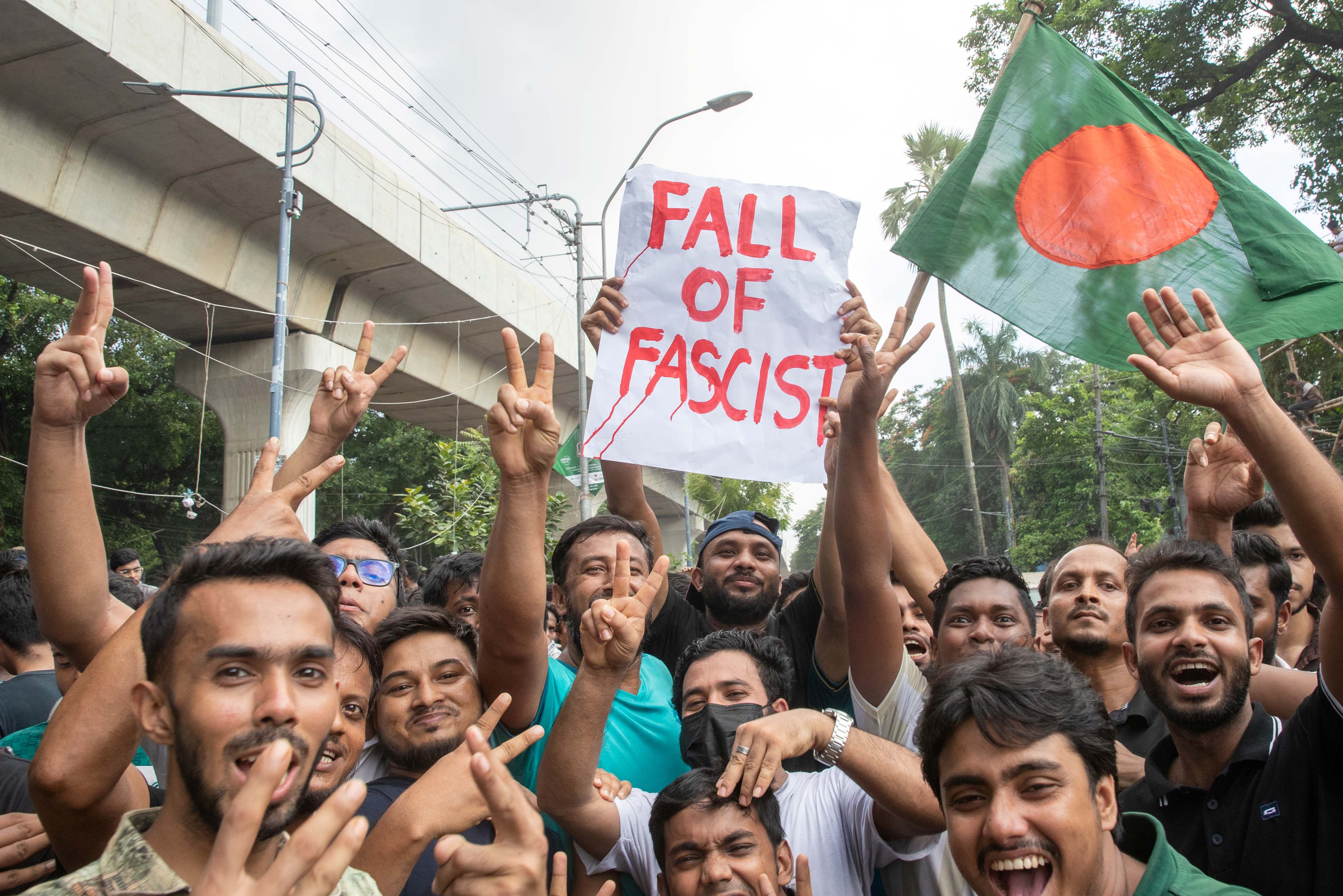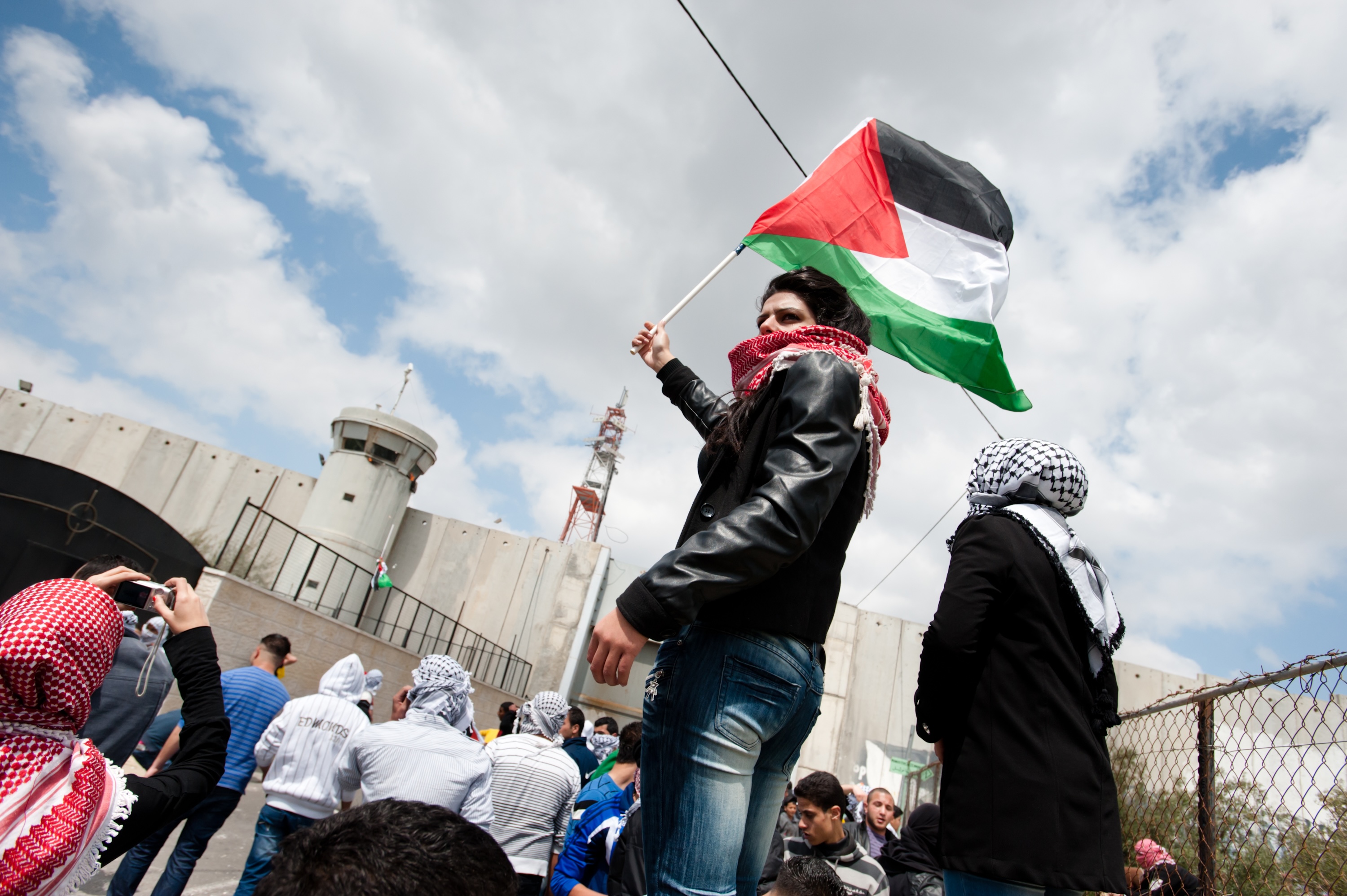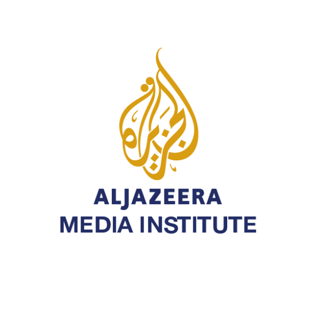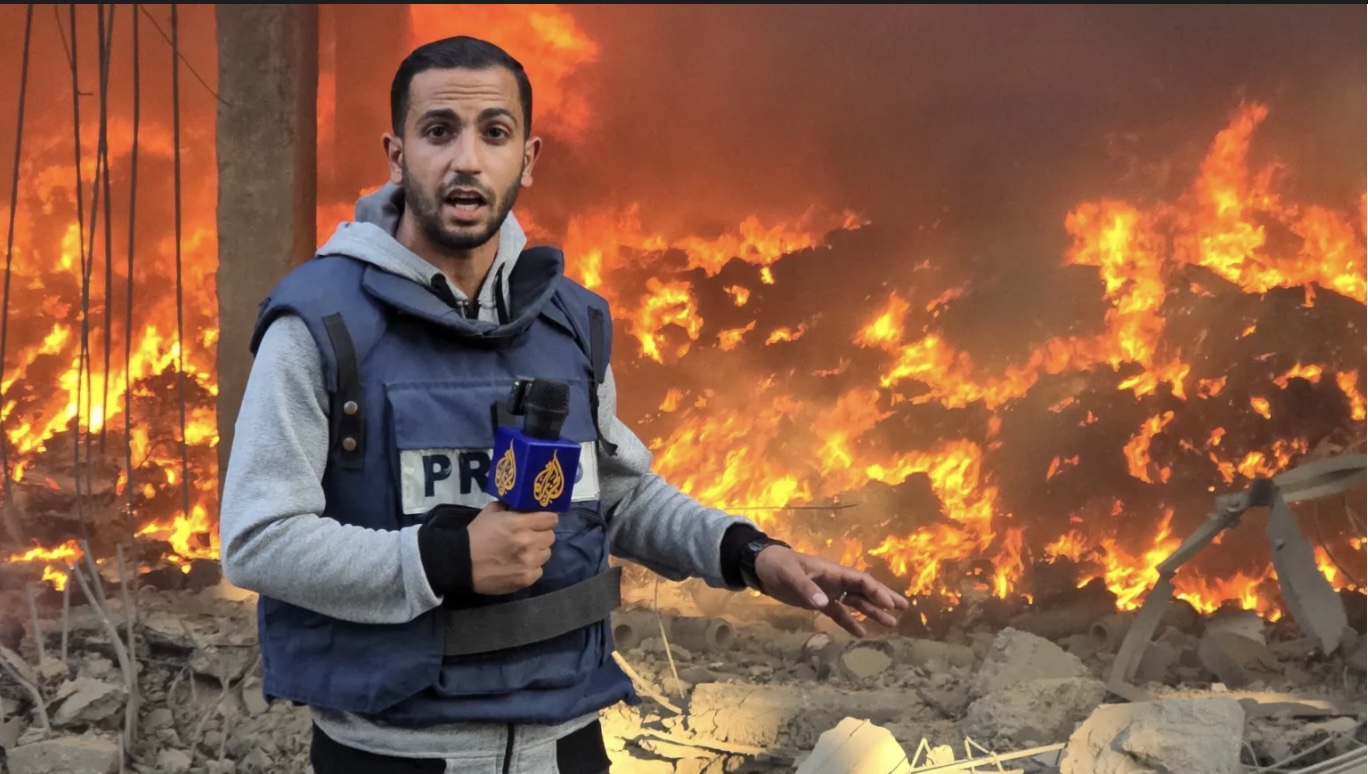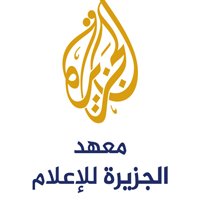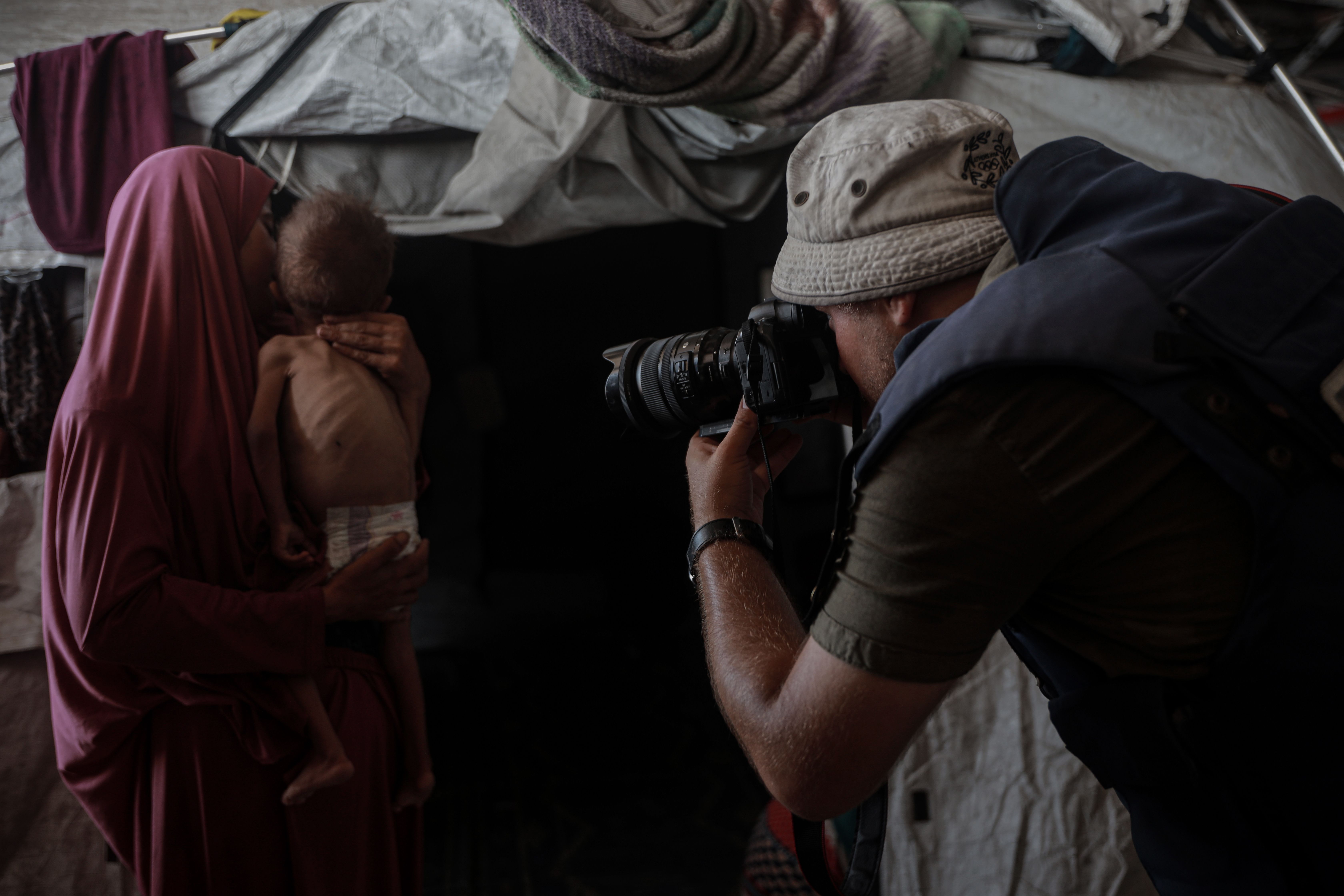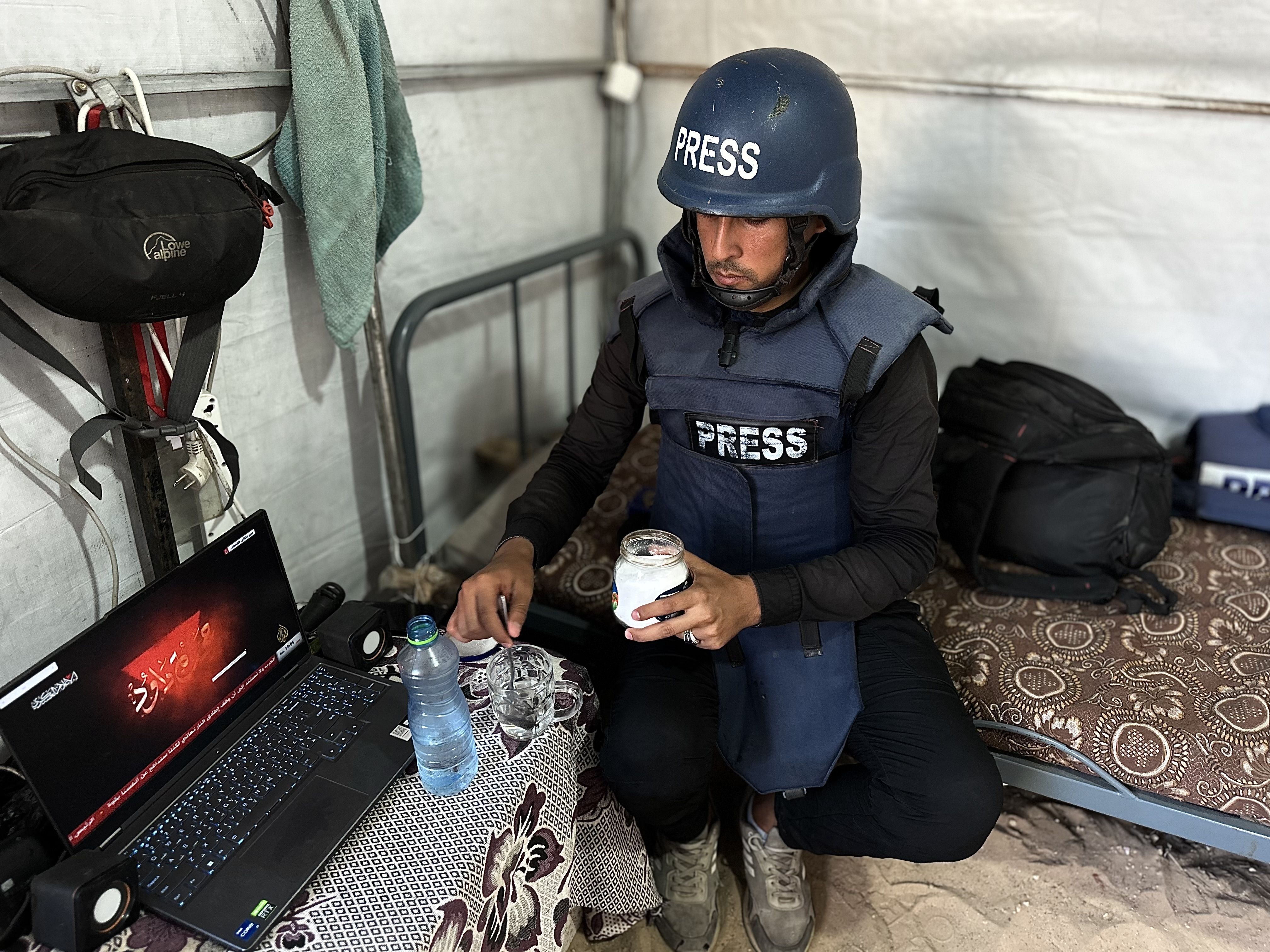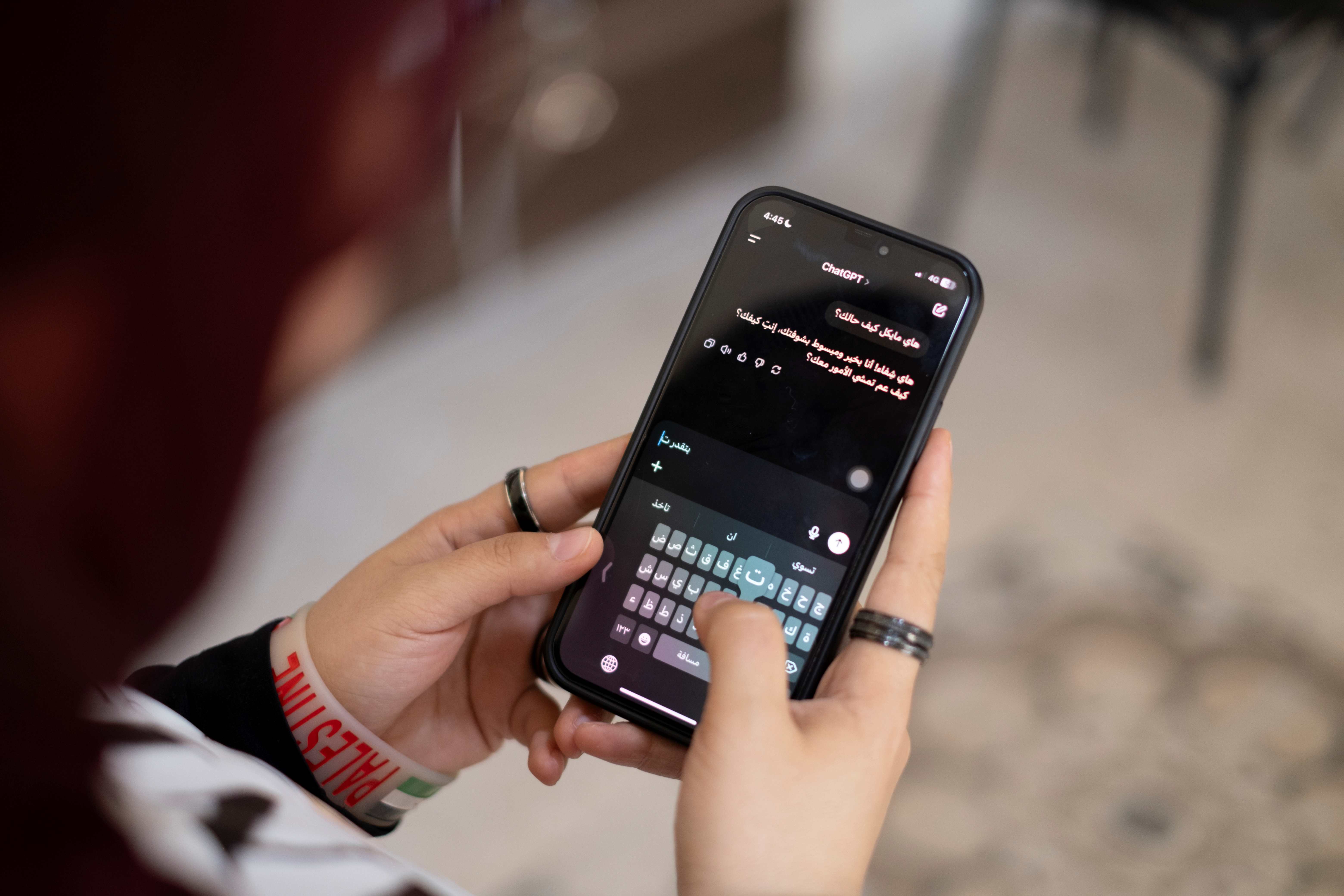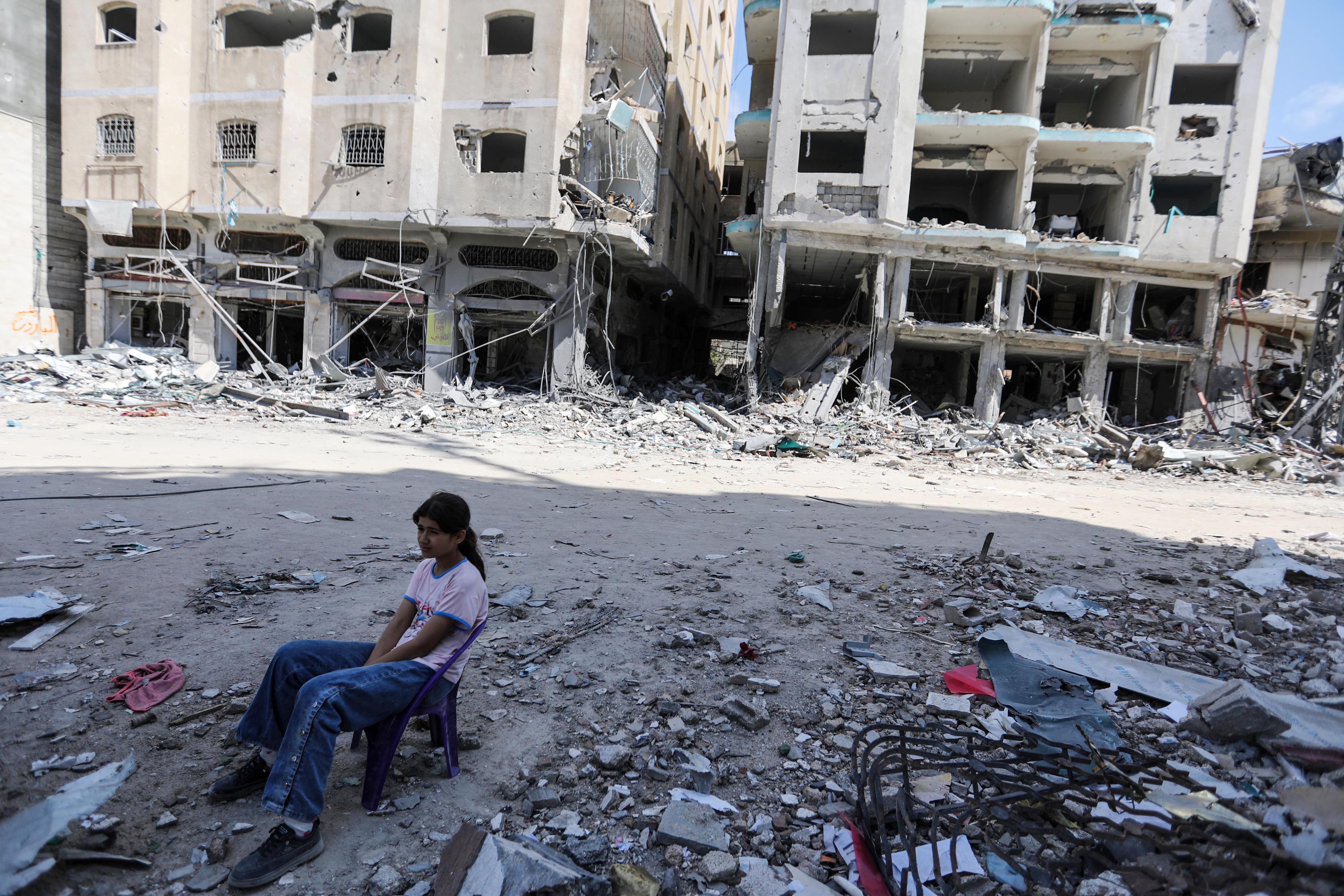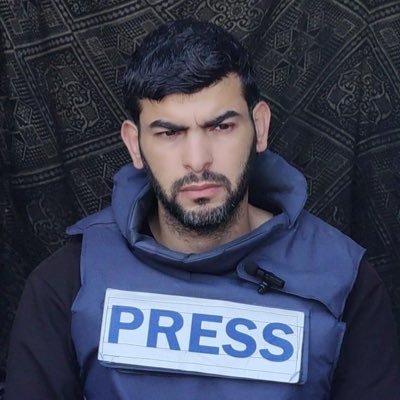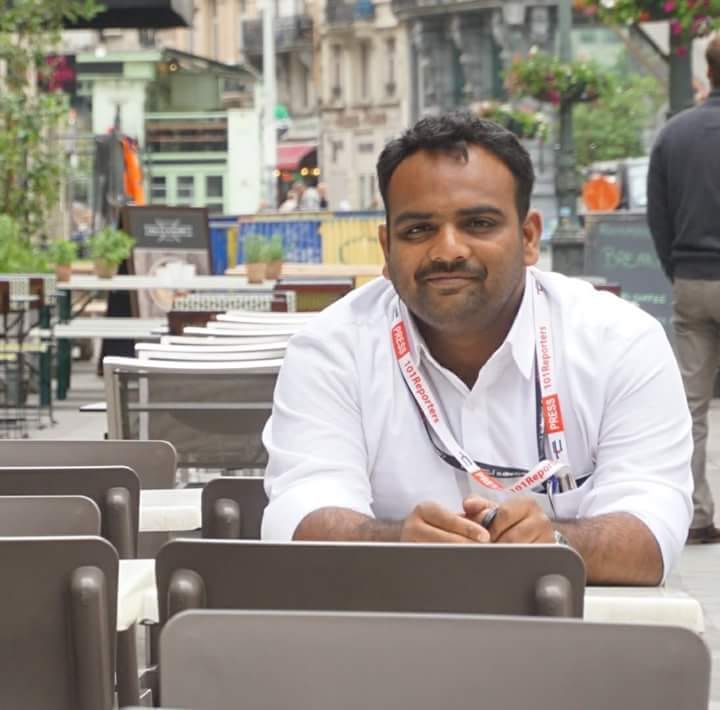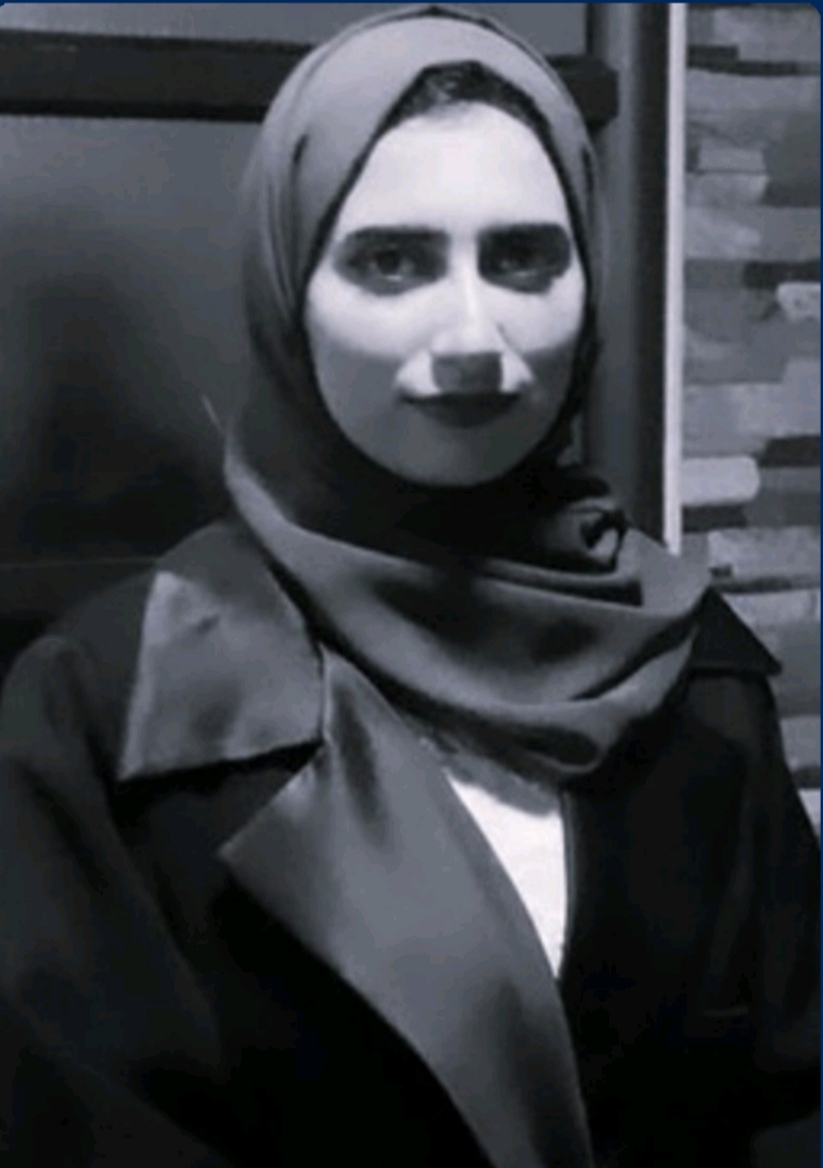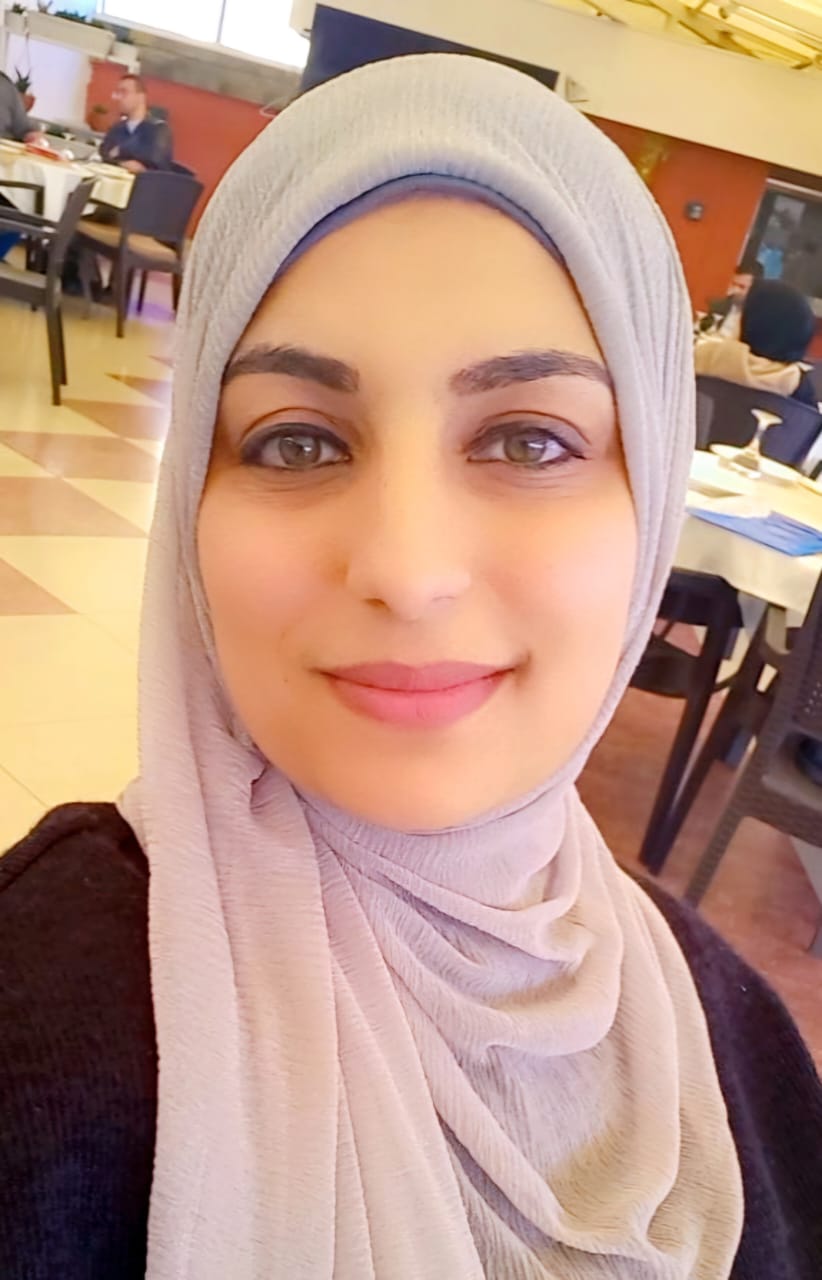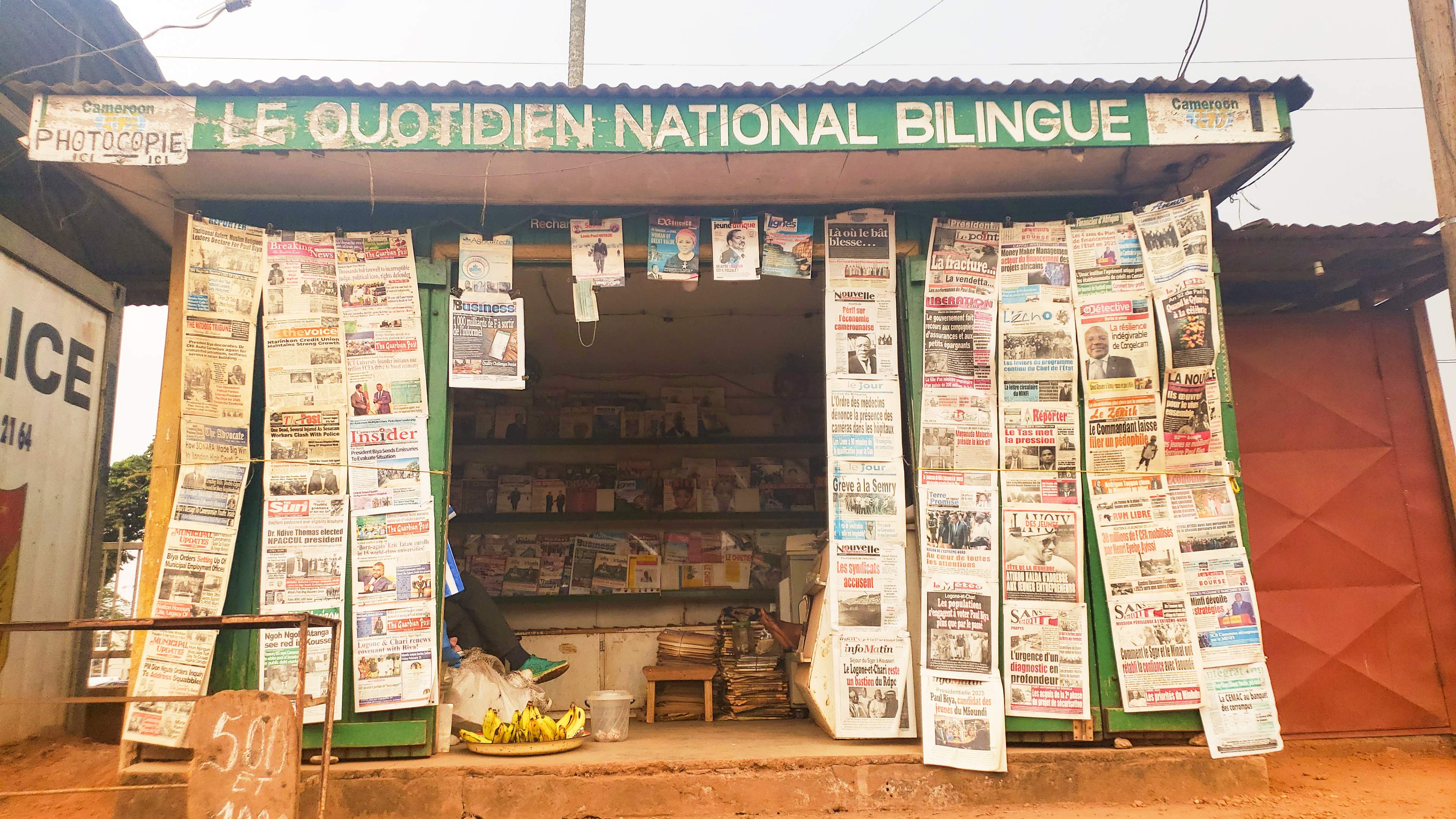يُقال إن من قواعد الإلقاء ومتطلباته هو الصوتُ الجميل وقدرة صاحبه على إتقان مخارج الحروف لتخرج الكلمات من مصدرها مفهومة المعنى ومكملة لجملٍ تشكّل نصّاً من حروف وكلمات وجمل، يتخلّله وقفات طويلة وقصيرة ورسالة تحمل خبرا أو قصة تخلِّف أحاسيس مختلفة وتشرح معان عدة تُفهم من خلال النبرة الصوتية أو النغمة الصادرة من المؤدي أو مكوِّن الصوت وتصور مشهدا كاملا.
وهنا، يندرج علم الصوت وعلم الموسيقى ضمن علم الأصوات بمختلف وظائفه وحاجة استعماله.. فالموسيقى هي جزء أساسي في العمل الإعلامي المسموع والمرئي، كما أنه أساسي في الغناء والفن بصفة عامة؛ وقد صنف العلماء الصوت لثلاث طبقات أساسية وطبقتين فرعيتين (1):
طبقة الأساس - الباريتون (أساسية): وهي الطبقة العادية من حيث الحدة. نستعملها للحديث مع بعضنا البعض وإلقاء نشرات الأخبار وقراءة التقارير الصحفية ونصوص الأفلام الوثائقية حسب طبيعة المشهد، كما أن هذه الطبقة هي طبقة ذكورية الأصل في الموسيقى والإلقاء لأن أكثرية الرجال من الفنانين والمذيعين تكون طبقة الصوت في أدائهم الغنائي أو قراءة النصوص هي الأساس، وتختلف عن صوت المرأة الأكثر حدة، ولذا فهو لا يندرج ضمن هذه الطبقة الصوتية.
طبقة الجواب (أساسية): وهي طبقة أكثر حدة من طبقة الأساس. وهنا، ليس المقصود بارتفاع الصوت "فوليم" بل "الدوبل تون"، أي مضاعفة الصعود في الجواب، بل يكون نفس الارتفاع و لكنه ليس على نفس الطبقة أو ليس بنفس الحدة، وأكثر المطربات أو مذيعات الأخبار طبقة الصوت عندهن هي الجواب؛ مثل "غادة عويس" مذيعة الجزيرة، فصوتها على طبقة الجواب، وقد يكون على طبقة الأساس مع تحويل طفيف في الحدة يسمى في علم الموسيقى "ترنسبوزيشن"، ويمكن للمذيعة ضبطه على طبقة صوت زميلها في نشرة الحصاد مثلا أو طبقة موسيقى برومو الأخبار، والأمر كذلك بالنسبة للزميل المرافق.
طبقة القرار - الباص (أساسية): وهي الطبقة المنخفضة والأقل حدة من طبقة الأساس و الجواب ونادرة الاستعمال عند أغلب المطربين ولكنها هامة جدا في الصحافة، بحكم وجود الكثير من المذيعين من ذوي هذه الطبقة والتي أعطتهم رونقا وطابعا خاصا بهم وحددت هويتهم حتى دون ظهورهم.. ونذكر على سبيل المثال: أحمد الشيخ وجميل عازر، اللذين نستطيع أن نتعرف إليهما من خلال صوتيهما المتأني الخافت في إلقاء عناوين الأخبار قبل ظهورهما على الشاشة في نشرات الأخبار أو الأنباء. ومن الأمثلة النسائية ممن يتمتعن بهذه النوعية من الطبقة الصوتية خديجة بن قنة، مذيعة الجزيرة.. فهي تحمل صوتا خافتا رصينا يسمى "الميزوسوبرانو"، اختاره الدكتور خالد علي أبو الخير مع صوت أحمد الشيخ ذي طبقة الباص العميق في إنتاج فيلم وثائقي غاية في الروعة يروي قصة هجرة النبي محمد عليه أفضل الصلاة والسلام، بعنوان "هجرة غيّرت التاريخ".
طبقة قرار القرار "فرعية": هي طبقة عميقة جدا وأكثر انخفاضا من طبقات الأساس والجواب وجواب الجواب وتسمى "أسفل العميق". وتستخدم مثل هذه الطبقة الهامة في قراءة نصوص الأفلام الوثائقية أو التعليق على بعض المشاهد التي تتطلب صوتا منخفضا جدا كالتعليق على مشهد صيد الحيوانات المفترسة في الغابة، حيث لا بد أن يكون الإلقاء يتماشى مع المشهد في رسالة من قارئ النص أنه لا يمكن للفريسة التفطن للمفترس.
طبقة جواب الجواب "فرعية": هي الطبقة الأكثر حدة من الطبقات السالف ذكرها، حيث أن القليل ممن يتمتعون بهذه الطبقة سواء من فنانين أو مذيعين و من يمتلك مثل هذه الحنجرة تجده في المراتب الأولى في مجاله مثل المغني صباح فخري ذي طبقة التينور العالي أو "سيلين ديون" ذات "ال?اليست العالي" في علم الموسيقى والمعلق الرياضي عصام الشوالي. نجد تلك الطبقة لدى عديد من الفنانين والمعلقين الرياضيين، وفي عالم الصحافة والإعلام لا يمكن استعمالها إلا في المجال الرياضي بصفة عامة بحكم ضرورة الأحداث الجارية على الملاعب وصراخ الجماهير يحتم أن يكون مذيعا صوته من ذوي طبقة جواب الجواب. وكلها تبحث في ماهية أن يعيش المتلقي اللحظة كما هي موجودة على أرض الواقع من خلال الراديو أو التلفزيون.
هذا هو إذا تعريف مبسط مقتصر للطبقات الصوتية وسبل استعمالها. وبما أن هذا التقرير موجه أساسا للصحفيين، فإن البعض منهم غير متمكن من القواعد والمفردات التقنية في علم الصوت والموسيقى. وقد يحتاج بحثا كاملا للتعرف إليهما. هنا ينبغي أن نعلم بأن الفرق الوحيد بين الأداء في الغناء والإلقاء في الصحافة هو أن المطرب يتلاعب بخانات صوته على مقام موسيقي بعينه (بياتي، رست، نهاوند.. إلخ)، وهنا سر جمالية الأداء إذا التقت بصوت جميل يتقن الكلمات. أما الصحفي فلا يستعمل أيا من هذه المقامات؛ فأدوات عمله هي الحروف والكلمات والنصوص، وعذوبتها تكمن في قدرته على كيفية صياغتها وترتيبها و إلقائها. أما أوجه التشابه فهي عديدة إن لم تكن كلها متطابقة؛ ففي الإلقاء هناك نصوص وجمل تتخللها وقفات متفاوتة الأزمنة.. فالوقوف عند النقطة ليس كما عند الفاصلة كما في العزف أو الغناء.
فنُّ شد المتلقي
فنُّ شد المتلقي أو المُشاهد ولفت انتباهه علم يدخل حيز التنفيذ بتركيز وضبط صوت المذيع أو الصحفي مع طبقة برومو النشرة إضافة لفصاحة المذيع الإلقائية وإيماءات الرأس وحركات الحاجبين أمام العدسات التي تبرز إحساس المذيع ومدى فهمه لما يقرأ. ويكتمل المشهد بمدى تأثير المذيع في المتلقي وقدرته على إيصال الخبر أو المعلومة بسلاسة لمجتمعات ذات قدرات متنوعة الفهم ومختلفة المستويات التعليمية والثقافية.
وإذا أراد المذيع أن يحدد طبقة صوته ليحسن استخدامه ويجوّد إلقاءه، فما عليه إلا أن يتواصل مع عازف محترف ويقرأ أمامه نصّاً وبواسطة آلة العازف الموسيقية الذي سيحدد له طبقة صوته ودرجة ارتكازه.
هامش:
(1) عُرض هذا التقرير قبل نشره على أستاذ الموسيقى العراقي علي المعلا من قبل الكاتب علي العايدي وهو إضافة لعمله في الصحافة، موسيقي وعازف.
